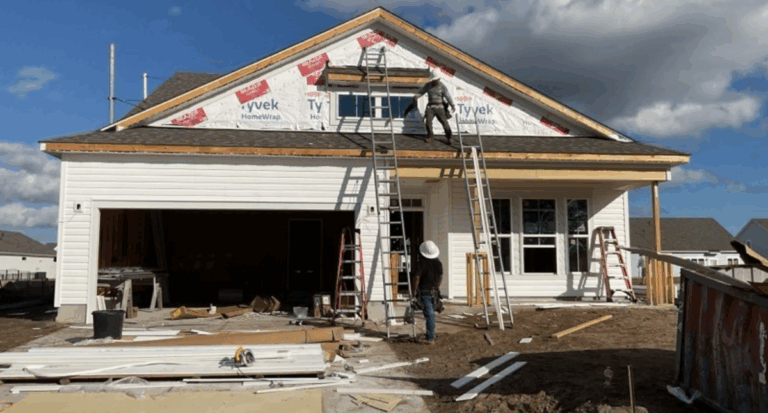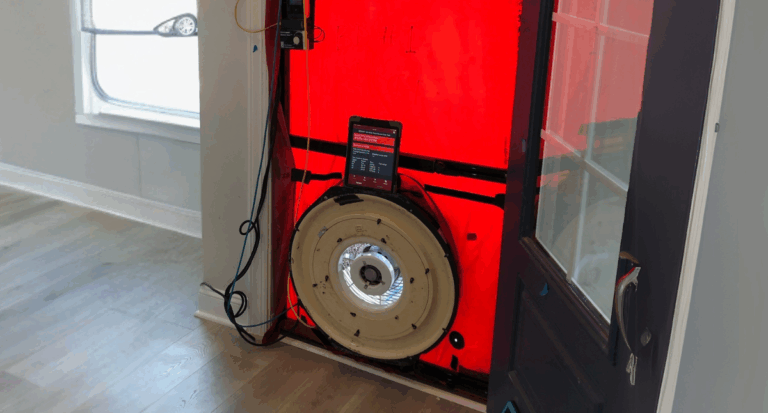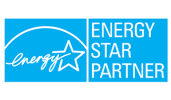ENERGY STAR v3.2 is here
ENERGY STAR has released a new version of their program: projects closing in 2025 will need to meet ENERGY STAR Version 3.2 in order to qualify for the $2,500 per home tax credit. Getting ahead and planning for this program update now ensures that you can continue to qualify for the tax credit for years to come.
Project Timelines
The Tax Credit is based on closing date, not permit date. Planning for these changes now is essential.
- Homes closing in 2024 can certify to current ENERGY STAR v3.1
- Homes closing in 2025 must be compliant with ENERGY STAR v3.2
What makes ENERGY STAR v3.2 different?
Version 3.2 now aligns closely with the 2021 International Energy Conservation Code (IECC). Although North Carolina has yet to adopt the 2021 IECC, to comply with ENERGY STAR v3.2, builders must exceed current code practices. Compared to v3.1, ENERGY STAR v3.2 has two key differences:
1. A specific range for window performance values
Windows must have U values of 0.30 or less and SHGC values of 0.25 or less. There are no trade-offs allowed.
2. A lower HERS score requirement.
ENERGY STAR v3.2 aims for HERS scores that are 5 to 10 points below the current ENERGY STAR v3.1 HERS target scores.
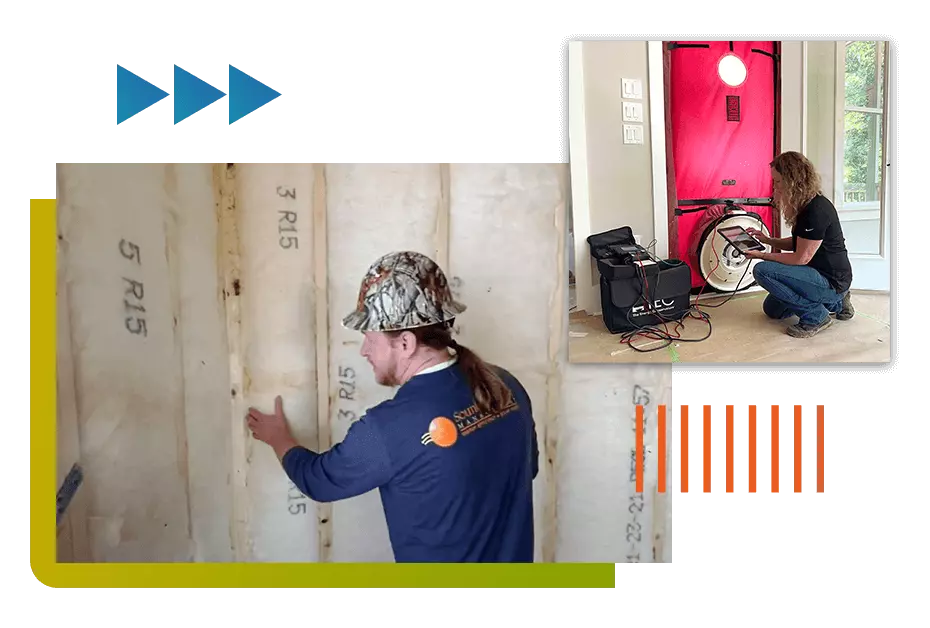
Customizable Strategy
There are many combinations of building strategies that lower a projects’ HERS score to meet the new ENERGY STAR v3.2 targets, the only prescriptive requirement is the windows.
How do I lower my HERS score?
We’re here to support you and meet you wherever you are on your performance path. Here is where we’d start:
1. Plan review evaluation and energy modeling analysis
We will work directly with your team to create an energy model of your plans and evaluate different performance upgrades for your project. This approach recognizes that each building project is unique. We’ll create a customized strategy to achieve optimal energy efficiency for your specific plans. All we need is a set of plans and specs to get started. You may be closer to program compliance than you think!
2. HVAC Design & Grading
This service not only helps to reduce comfort complaints and HVAC performance issues, but can dramatically lower a project’s HERS score! Reach out today to learn more about this exciting service offering! Learn more about HVAC Design and Grading→
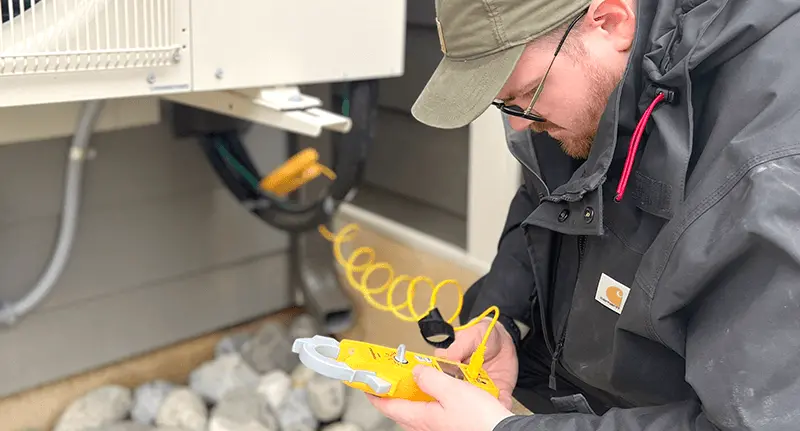
Standing out in a competitive market with ENERGY STAR
With ENERGY STAR Version 3.2, homes are typically 20-25 HERS points lower than standard code homes, enhancing energy efficiency and home comfort. This translates to cost savings for homeowners each month while also preserving a higher resale value for the home.
ENERGY STAR certified homes are also recognized by Duke Energy and several other utilities for a lower kWh electricity rate for the owners.
Earn even more money back
Meeting ENERGY STAR v3.2 requirements positions you to qualify for available incentives for years to come. What incentives are available:
- $2500 Tax Credit per home – Homes closing in 2024 can certify to current ENERGY STAR v3.1 to earn the 45L tax credit. Homes closing in 2025 must be compliant with ENERGY STAR v3.2 to receive the tax credit.
- $5,000 Tax Credit per home – Qualifying for the DOE Zero Energy Ready Home (ZERH) Certification requires ENERGY STAR v3.2 compliance, alongside additional criteria such as efficient hot water delivery, EV readiness, heat pump water heater readiness, and solar readiness. By meeting these standards with extra dedication, you have the potential to double your tax credit earnings per home.
- Duke Energy HERO incentive – ENERGY STAR v3.2 homes save more energy which translates to more money back through the Duke Energy Hero Program.
Ready to get started?
Our team is ready to help you meet your project goals, reach out today or schedule a meeting!


